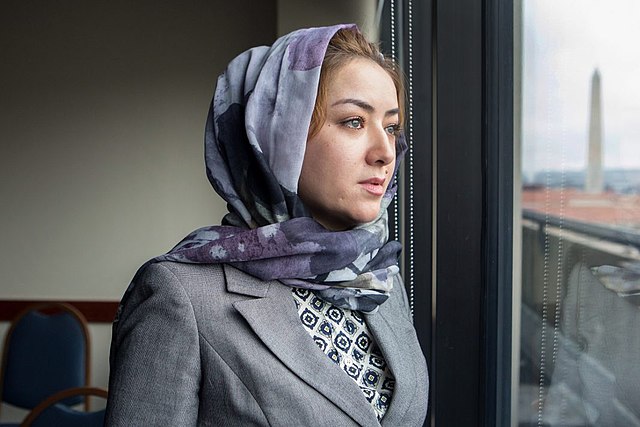Mihrigul Tursun is an ordinary woman like you or me. While we sit in relative safety in the western world, she was persecuted and imprisoned for who she is. Her story went viral in 2019 when Japanese artist Tomomi Shimizu created a manga about her life and treatment in Chinese custody.
Mihrigul, 29, is a Uyghur woman from China. Uyghurs are a Muslim minority in China. They have been subjected to multiple crackdowns from Chinese authorities as well as imprisonment. Mihrigul was imprisoned and tortured by the Chinese government. One of her children died while in custody. Her husband was jailed for sixteen years.
More than a million Uyghurs now reside in Chinese detention and re-education camps in the country’s Xinjiang region. The Chinese government says they are cracking down on extremism and bringing Uyghur into the “modern world.” Worldwide opposition view it as an attempt to eliminate Uyghurs, their culture, and Islam.
“What has happened to me – A testimony of a Uyghur woman” recounts Mihrigul’s story. It has been translated from Japanese into Chinese, Uighur, and English. It has been viewed more than half a million times on Tomomi’s website, received almost three million likes and retweets. Last fall, the pro-democracy protesters in Hong Kong cited the story.
The manga begins with a recounting of Mihrigul’s marriage in Europe five years ago and the birth of her triplets. When she flew to China to visit her parents, she was handcuffed and had a dark sack placed over her head. She was separated from her children. She had no idea what she did wrong.
She says was interrogated and tortured with electric shocks, before eventually being given the dead body of her eldest son. All three children bore scars of being operated on in their neck areas, she said – a doctor told her this was done to insert feeding tubes.
She was released, but re-arrested a short time later. In the prison camp, she was repeatedly beaten and sleep deprived. She was forced to pray to the chairman of the communist party, sing songs that promoted communism, took unknown pills, and had unknown injections every day.
After losing consciousness during a beating, she was sent to mental hospital, then released again. She still wasn’t free. Two Chinese cadres lived in her home and followed her everywhere. She was arrested a third time and was told she needed to prepare for her death.
She was released again, but only because the Egyptian government intervened. Her children are Egyptian citizens. There were strings attached to her release. Twenty-six of her relatives were detained. They would only be released if she returned to China within two months.
When Mihrigul returned to Egypt, she learned her husband had gone to China to find her. He was arrested and sentenced to sixteen years in prison.
Despite her testimony before the Congressional-Executive Commission on China and an appearance at the National Press Club in Washington in November 2018, the Chinese Foreign Ministry maintains she was only held for twenty days on suspicion of “inciting ethnic hatred and discrimination’ before being released.
The ministry claims she was never sent to what they call vocational education and training centers. It also said her son did not die, but was living in Turkey with a relative.
Mihrigul now lives in the United States with her two surviving children. She is still hounded by Chinese agents.
At the end of the manga, Mihrigul says, “My oldest son who passed away will not come back no matter what. So I gathered my courage and decided to tell the world what happened to me.”
I urge you to take ten minutes out of your day to read Mihrigul’s story.


Leave a Reply